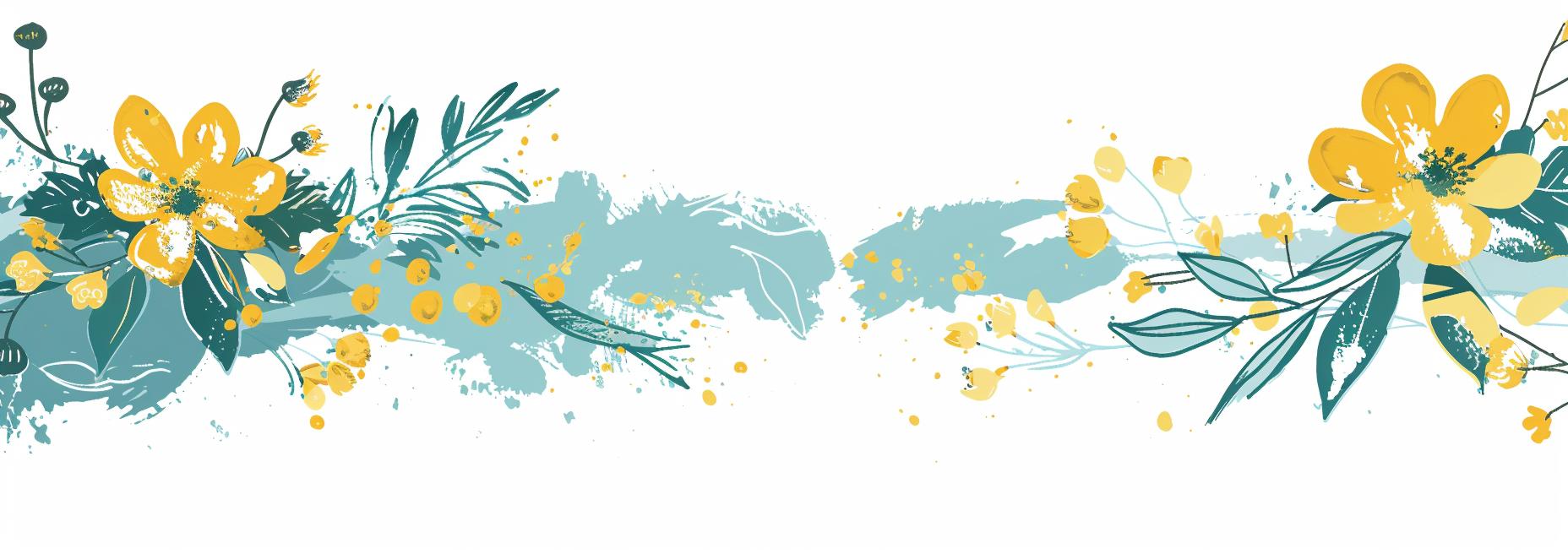
Introduction
In our digital age, visual content is essential for communication, whether in presentations, websites, or marketing materials. One of the most accessible forms of digital artwork is clipart, which has evolved significantly with the rise of the internet. The concept of a clipart subscription has become increasingly popular, offering users a plethora of options for sourcing graphics.
The Evolution of Clipart
Clipart began as simple images used to illustrate a point without the need for high-quality photography. The earliest forms of clipart were typically hand-drawn or photographed, distributed in books and magazines for personal or commercial use. In the 1980s, as computers became more prevalent, clipart evolved. Software like Microsoft Word and PowerPoint began including clipart libraries, making it easier for the average user to incorporate graphics into documents and presentations.
The digital revolution introduced a new era of clipart, transforming it from basic images stored on floppy disks to detailed graphics available online. The transition to digital clipart began in earnest during the late 1990s and early 2000s, as internet access became more widespread. This period marked a significant shift in how people accessed and used clipart, paving the way for the subscription models we see today.

Rise of Clipart Subscriptions
With the advent of the internet, the traditional model of purchasing individual clipart packages was gradually overshadowed by more dynamic and flexible subscription services. These services allow users to access entire libraries of clipart for a monthly or yearly fee, making it easier to find the right graphics without the high cost of individual licensing.
Clipart subscriptions cater to a wide range of users, from professional designers to educators, offering scalable solutions that can be customized according to the number of users or the breadth of the library required. These subscriptions often include royalty-free licenses, allowing unlimited use of images without additional fees.
Benefits of Clipart Subscriptions
Clipart subscriptions offer several advantages over traditional clipart purchasing methods. The most significant benefit is cost-effectiveness. Subscriptions provide access to extensive libraries of images at a fraction of the cost of buying individual images. Moreover, subscribers can download multiple images as needed without worrying about additional costs.
Another advantage is the ease of access. Subscription services typically host their libraries online, making it easy to search and download images whenever necessary. This convenience is complemented by the variety of available clipart, which is regularly updated to include contemporary styles and themes.
Future Trends in Clipart Usage
As technology continues to evolve, so too does the way we use and access clipart. Future trends may include more sophisticated filtering options to easily find images that more closely match specific needs, improvements in the quality of images offered, and even the integration of artificial intelligence to suggest clipart based on the content of a document or presentation.
Additionally, as concerns about copyright and proper licensing grow, clipart subscriptions are likely to emphasize legal safety, providing users peace of mind that they are using images appropriately within their commercial or educational projects.
Conclusion
Clipart subscriptions have transformed the way users access and utilize clipart. From their humble beginnings to becoming a staple in digital content creation, clipart subscriptions offer an efficient, cost-effective solution for obtaining high-quality images. As digital needs evolve, these services will likely continue to adapt, further cementing their importance in the landscape of digital design and communication.








купить диплом фармацевта цена arusak-diploms.ru .
Полезные советы по безопасной покупке диплома о высшем образовании
drugisaitove.listbb.ru/viewtopic.php?f=2&t=890
Excellent article, Thanks. There are useful contents about this subject and Forex Trading on https://mohammadtaherkhani.com , too.